Menu
Wintertime isn’t just tough on plumbing and roofing; it is also brutal on trees. Tree roots can freeze when soil temperatures drop below 15°F or the water within the soil surrounding the roots freezes and expands. So, what happens when tree roots freeze? What should you do in the event of root freezing?
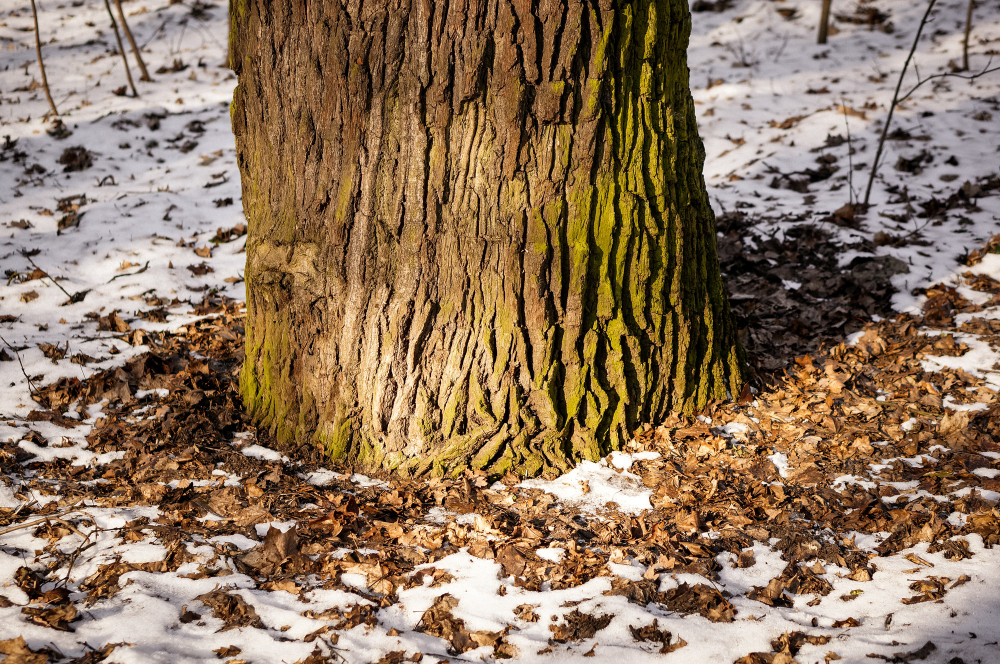
In today’s blog post, Driscoll Tree Service explains what can happen if tree roots freeze. We also share tips that will help you protect trees from freezing temperatures. When you’re looking for a dependable tree service, trust the specialists at Driscoll Tree Service to provide reliable services.
Root Damage
A light freeze may not cause much harm to tree roots, but a severe freeze below 15°F is sure to damage the root cells themselves. Frozen water within and around the roots can cause cellular rupture and hinder the roots’ ability to function properly. The trees may exhibit wilting, discoloration of leaves, dieback of branches, delayed bud break, and even root rot. In severe cases, the root damage can be fatal. It’s best to consult with a trusted tree company if you notice any of these symptoms.
Disruption of Water and Nutrient Uptake
Another scenario you can expect when tree roots freeze is a disruption of water and nutrient uptake. Frozen roots are unable to absorb water and essential nutrients from the soil. Even though there may be water present in the soil, in its frozen state it is unusable to the tree. This effect is similar to the tree experiencing a drought. Trees deprived of the resources they need for survival become stressed, weakened, and increasingly vulnerable to disease, pests, and further environmental damage. If the freezing event is severe or prolonged, the tree's vascular system can be permanently damaged.
Increased Vulnerability
The disruption of water and nutrient uptake exposes trees to pest infestations, diseases, and further damage from extreme weather conditions. Pests and diseases often target weakened trees, taking advantage of their compromised defenses. This is why it’s important to take preventive measures to protect tree roots from freezing temperatures. If you need help, consult with a nearby tree company.
Water the Tree Properly
Once the ground thaws, deeply water the tree to rehydrate it. Avoid overwatering, as this can lead to root rot. Focus on slow, consistent watering to allow the roots to absorb moisture effectively.
Mulch Around the Tree
Apply a thick layer of mulch around the base of the tree. This insulates the soil, moderates temperature fluctuations, and retains moisture. Mulch helps protect the roots from further temperature extremes.
Prune Dead or Damaged Growth
Carefully prune any dead or damaged branches to remove stress from the tree and allow it to focus energy on root recovery.
Provide Shelter
If possible, shelter the tree from harsh winds and direct sunlight, especially during the recovery period. Temporary windbreaks or shade cloths can help reduce stress and prevent further damage. This is especially helpful for younger trees or trees that have had extensive root damage.

You’ll know tree roots are affected by the cold weather if you notice delayed leafing, stunted growth, leaf yellowing, wilted branches, and sparse canopy. You should take quick action before the damage worsens and you end up with dead trees. The experts at Driscoll Tree Service are here to help you protect your trees during wintertime and ensure they thrive regardless of the weather. Driscoll Tree Service offers a wide range of services, including tree removal, trimming, pruning, and more. Contact us today for professional and affordable tree services.

The Importance of Mulching Newly Planted Trees Regarding landscaping and gardening, the intricacies of nurturing nature’s wonders are both an art and a science. One crucial aspect that often goes unnoticed but is paramount is mulching newly planted trees. Mulch,…
Read More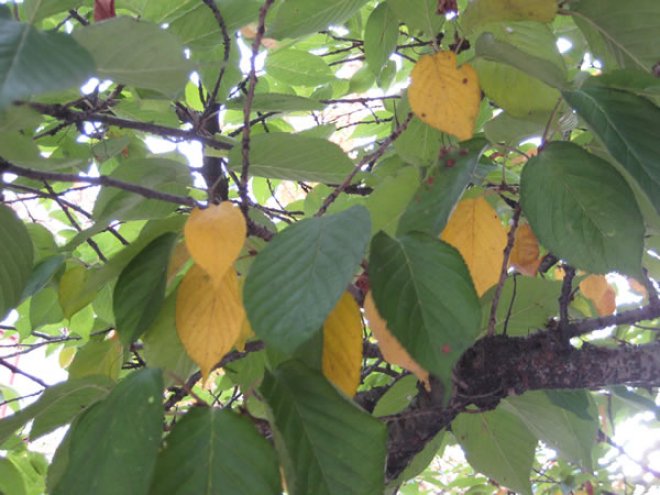
5 Signs of Tree Problems Trees are an important part of our lives; one we can’t live without. This is why it’s crucial to take care of our environment. Sometimes you can tell when a tree is ill or dying…
Read More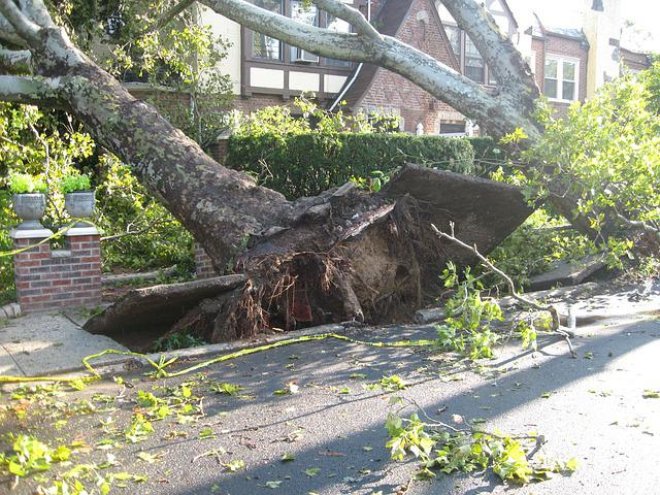
Just like your car needs regular oil changes and tune-ups, your trees also require routine trimming to keep them healthy and enhance safety. Trimming trees may not be your kind of ideal weekend activity, but it helps to keep your…
Read More
What Should I Do if My Tree Is Touching a Power Line? Trees provide many benefits, from improving air quality and curb appeal to providing a habitat for wildlife. However, trees can grow close to power lines, posing safety risks…
Read More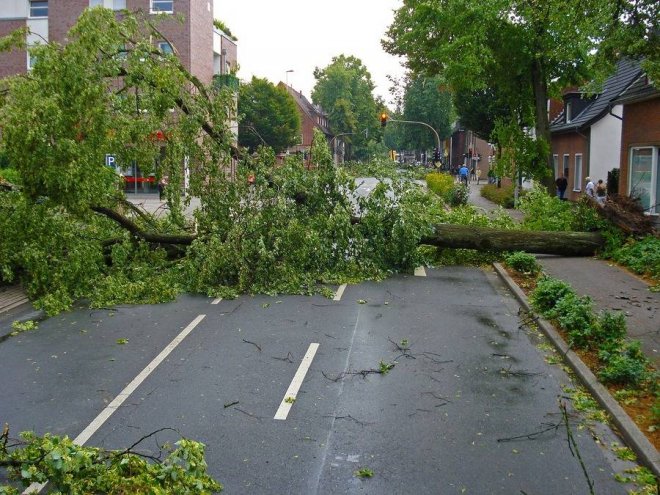
How Storms Impact Your Trees Trees are a valuable addition to any landscape. From enhancing curb appeal to improving the overall quality of life, trees are no denying essential to the ecosystem. However, like most living things, trees are susceptible…
Read More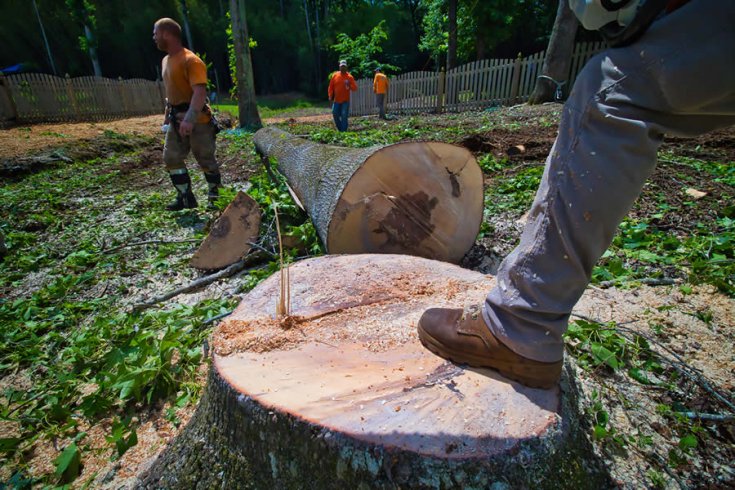
What's The Right Time of Year to Remove Trees? Trees provide a range of benefits to your property and the ecosystem. Whether it is enhancing curb appeal and giving shade or cleaning the air, the value of trees can’t be…
Read More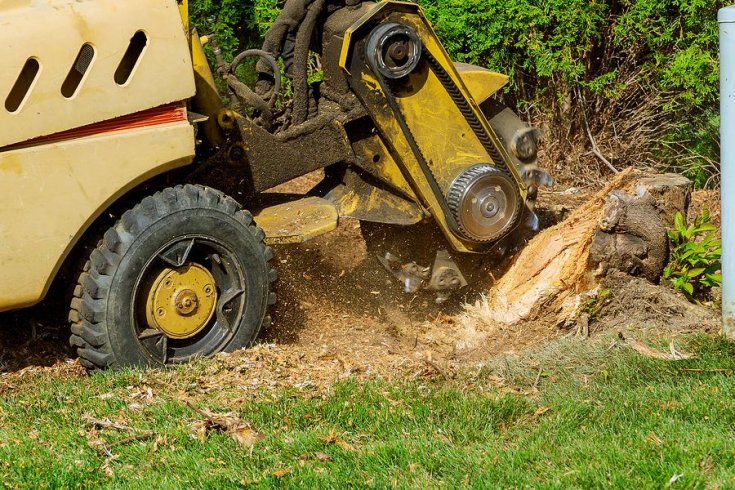
Stump Grinding Vs. Stump Removal If you recently cut down a tree in your backyard, there’s a chance you need to get rid of the eyesore left behind. While ignoring the stump or waiting for the natural decomposition process are…
Read More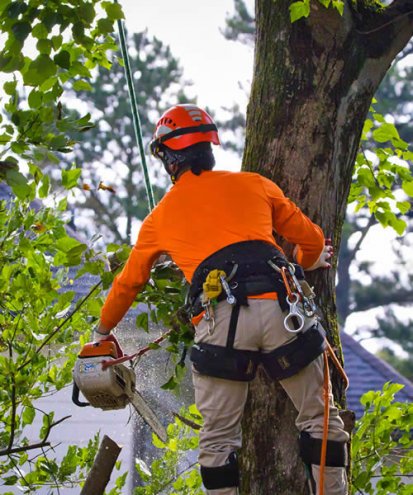
Tree Trimming & Pruning Mistakes to Avoid Do you have trees on your property that seem in bad condition due to improper tree trimming techniques? This is a common problem that most people make, compromising the health and well-being of…
Read More
Tree Maintenance Issues Homeowners Neglect Trees add beauty to any landscape and provide many benefits like air purification, shade, and curb appeal. While these magnificent entities may seem sturdy and durable, proper care is vital to maintain good health and…
Read More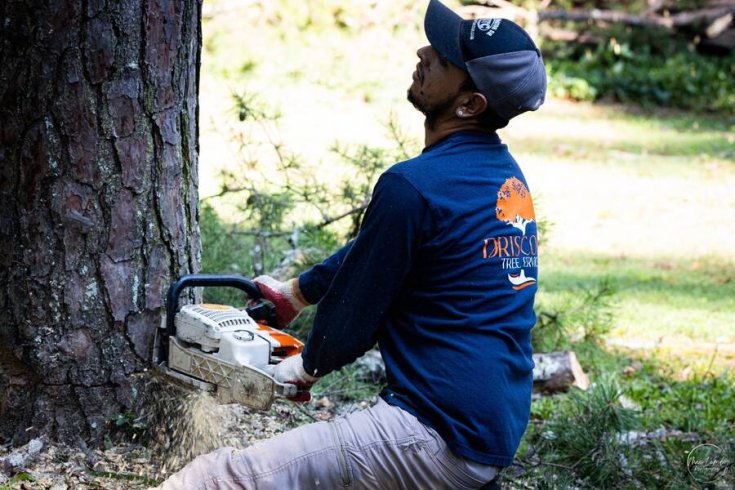
How Much Does It Cost to Remove a Tree? For starters, tree removal should be left to the professionals, whether the tree is big or small. A DIY approach may seem like a way to save money, but we don’t…
Read More